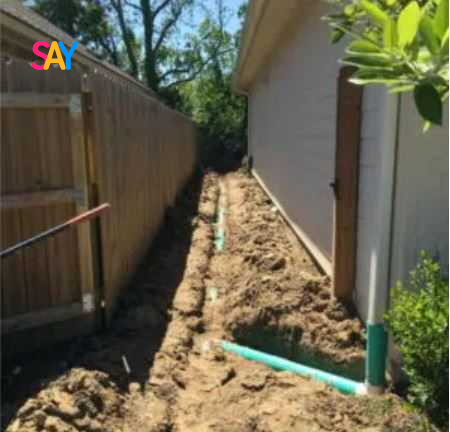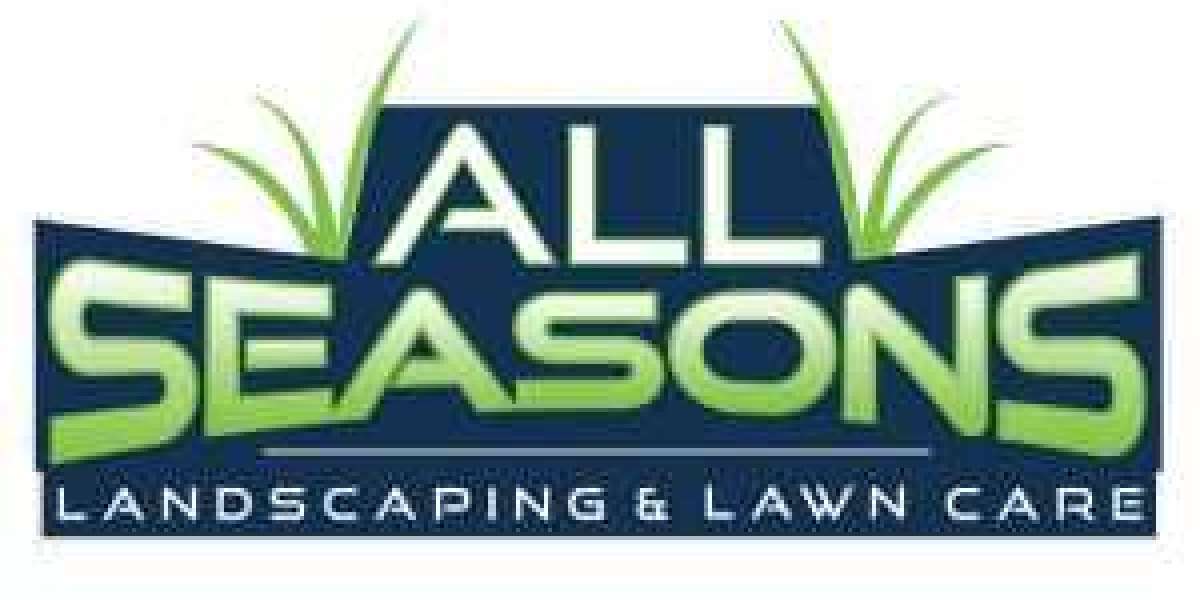When it comes to maintaining a beautiful and healthy landscape, proper drainage is key. Poor drainage can cause water to pool in your yard, lead to soil erosion, damage your home’s foundation, and create an ideal environment for pests. Identifying and fixing drainage issues early can save homeowners in Baton Rouge, LA, a lot of headaches and costs down the road. This guide aims to help you troubleshoot common drainage problems, so you can protect your property and enhance its overall appearance.

Understanding the Importance of Proper Drainage
Effective drainage is crucial for protecting your lawn, garden, and property from water damage. Excessive water buildup can result in:
- Soil Erosion: Water can wash away soil, leaving your plants without nutrients.
- Foundation Damage: Improper drainage may lead to water seeping into your foundation, causing cracks and structural issues.
- Plant Stress: Plants can suffer from root rot if they remain submerged in waterlogged soil.
By learning how to identify and address drainage problems, homeowners can keep their landscapes in top shape while preventing costly repairs.
Common Signs of Drainage Problems
Before diving into solutions, it’s essential to recognize the signs of poor drainage. Here are a few indicators that your property may have drainage issues:
1. Standing Water or Puddles
If you frequently see puddles in your yard after a heavy rain, this may indicate that water is not draining properly. Stagnant water can drown grass and plants, creating brown patches on your lawn.
2. Water Stains on Foundation Walls
Water stains or mildew on the exterior walls of your home can signal water pooling around your foundation. This can eventually lead to basement flooding or structural damage if not addressed promptly.
3. Erosion or Bare Patches in the Yard
Soil erosion is a clear sign of poor drainage. If you notice that the top layer of soil has washed away, leaving bare spots, it's time to assess your drainage system.
4. Waterlogged Soil Around Plants
Plants that look wilted or have yellow leaves may be suffering from root rot caused by waterlogged soil. Excess moisture can suffocate roots, preventing them from absorbing oxygen.
How to Troubleshoot Drainage Issues
Once you’ve identified potential drainage problems, the next step is to troubleshoot and fix them. Here’s a guide to resolving the most common drainage issues.
1. Evaluate the Grading of Your Property
One of the most common causes of drainage problems is improper grading. The ground around your home should slope away from the foundation to direct water runoff. A slope of about 1 inch per foot is usually sufficient to prevent water accumulation.
- Solution: If you notice that your yard slopes toward your house, you may need to regrade the soil. This can be done by adding soil around the foundation to create a gentle slope.
2. Check for Clogged Gutters and Downspouts
Clogged gutters and downspouts can prevent rainwater from flowing away from your home, causing it to pool around the foundation.
- Solution: Clean your gutters and downspouts regularly, especially after heavy rains or during the fall when leaves can accumulate. You can also consider installing gutter guards to reduce the need for frequent cleaning.
3. Inspect for Soil Compaction
Compacted soil can prevent water from draining properly, especially in heavy clay soils found in Baton Rouge. This can lead to surface runoff rather than water being absorbed into the ground.
- Solution: Aerate the soil to break up compaction. This involves using an aerator to create small holes in the soil, allowing water to penetrate deeper.
4. Install a French Drain
For persistent drainage problems, especially in areas where water tends to collect, a French drain can be a long-term solution. A French drain consists of a perforated pipe buried in a trench filled with gravel. It redirects water away from problem areas.
- Solution: Consider installing a French drain along areas where water accumulates, such as low spots in your yard or near your foundation.
5. Use a Dry Well for Excess Water
If your property struggles to absorb water quickly enough, a dry well can help by giving excess water a place to go. This is especially useful in areas with heavy rainfall like Baton Rouge.
- Solution: A dry well is a gravel-filled pit that collects and slowly disperses water into the surrounding soil. It’s ideal for draining water from downspouts or low-lying areas.
Baton Rouge Location Considerations
Homeowners in Baton Rouge face unique challenges due to the region's humid climate and heavy rainfall. Excess water can accumulate quickly, leading to drainage problems. Addressing these issues promptly is crucial to maintaining the integrity of your property.
Drainage Solutions Specific to Baton Rouge, LA
- Opt for native plants that can handle the wet conditions.
- Utilize rain barrels to capture excess rainwater and reduce runoff.
- Keep your drainage systems well-maintained to handle the high volume of rain typical to the area.
Preventative Measures to Avoid Future Drainage Issues
While fixing current drainage problems is essential, taking preventative measures can save you from future headaches. Here are some proactive steps:
1. Maintain Your Lawn Regularly
Keeping your lawn healthy and well-aerated can prevent soil compaction, allowing water to penetrate the ground instead of pooling on the surface.
2. Regularly Inspect Gutters and Downspouts
Make it a habit to check your gutters and downspouts for clogs at least twice a year. This simple step can go a long way in preventing water damage.
3. Create a Rain Garden
A rain garden is a planted area designed to absorb rainwater runoff. It’s an excellent way to naturally manage excess water while adding beauty to your landscape.
Frequently Asked Questions (FAQs)
1. How can I tell if my yard has drainage issues?
Look for signs such as standing water, soil erosion, and waterlogged plants. These are clear indicators that your yard is not draining properly.
2. What is a French drain, and how does it work?
A French drain is a trench filled with gravel and a perforated pipe that redirects water away from problem areas. It helps manage excess surface water and prevent it from pooling.
3. How often should I clean my gutters to prevent drainage problems?
Gutters should be cleaned at least twice a year—once in the fall and once in the spring. In areas with heavy foliage, more frequent cleaning may be necessary.
4. Can poor drainage affect my home’s foundation?
Yes, inadequate drainage can lead to water pooling around your foundation, which can cause cracks, shifting, and other structural issues.
5. What is the best solution for waterlogged soil?
Aeration can help break up compacted soil, allowing better water absorption. You can also add organic matter to improve soil drainage.
Conclusion
Effective drainage is crucial to maintaining the health and appearance of your landscape while protecting your home from potential water damage. From grading issues to clogged gutters, troubleshooting drainage problems requires both proactive measures and timely solutions. For homeowners in Baton Rouge, keeping up with these best practices is essential to managing the region's heavy rainfall.
If you're dealing with drainage problems and need expert assistance, reach out to All Seasons Landscaping Lawn Care at 225-276-8658. Their experienced team can help you troubleshoot and resolve your drainage issues, ensuring your property remains in top condition.




